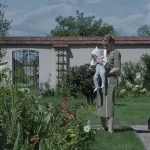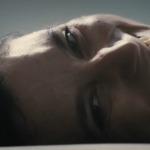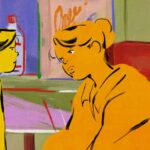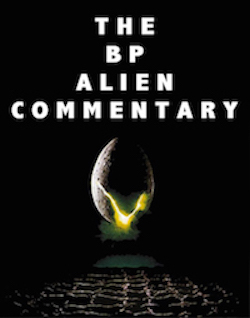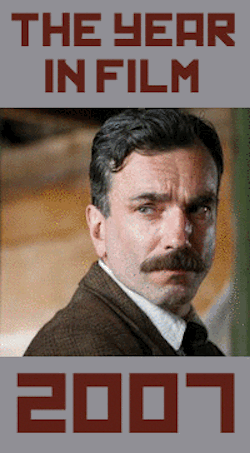Three Identical Strangers: Desperately Seeking Answers, by David Bax
Of all the tricks up Three Identical Strangers director Tim Wardle’s sleeve, maybe the best one is fooling you into thinking you’re watching a fun, light and breezy human interest documentary. In the first dramatization of an interviewee’s past, for instance, Wardle focuses on colorful details like his subject’s affection for his old car and then has the actors lip sync to the recorded recollections, Drunk History style. So, when we get to the first of many reveals–that this man had a twin brother he never met or knew about until they went to the same college–you have the reaction that they did at the time, blown away but delighted. Now Wardle’s got you on the hook, gleefully venturing into a story that could just as easily and appropriately have been told in the style of a salacious true crime doc.
After the two twins’ chance meeting in the fall of 1980, a story about the two of them (Bobby and Eddy) ran in the paper. That caught the attention of a third young man, David, who looked at the accompanying photo and saw two more versions of himself smiling back. Once again, we’re so tickled by the novelty and their subsequent joy in one another that it takes us a while to ponder just how this came to be. Was there some terrible mix-up at the hospital or the adoption agency? Or was something more sinister done to these infants, intentionally separated for a lifetime from their own siblings?
Three Identical Strangers has the answers but its most enticing ingredient is Wardle’s skill at teasing them out bit by bit. He’s not just stringing us along, though, keeping us chasing the carrot at the end of the stick. The reveals come at the intervals they do because Wardle allows each of them the time and attention we require to process them. The movie’s mysteries are staggered because they’re staggering.
Beneath the parade of mindblowers, though, runs a line of inquiry that gets to the heart of ongoing questions about the importance of nature vs. nurture. Bobby, Eddy and David are such perfect subjects for these debates that it’s as if the movie itself represents the final findings of a sociological study.
Similarities among the triplets bubble up early and often in Three Identical Strangers. There’s the physical likeness, obviously; one of the first things David noticed in that newspaper photo is that Bobby and Eddy had the same “baseball mitt” hands as he does. More than that, though, they found that they shared similar interests, down to preferring the same brand of cigarettes.
Then again, they’re all boys who grew up at the same time in the same general part of the country. Is it that much of a wonder that they turned out alike? Marlboro, after all, is a very popular cigarette brand. After the superficial similarities have piled up, Wardle starts to introduce the deeper, more psychological differences among the three men. After stacking the deck for nature, Three Identical Strangers begins to rack up points for nurture. But, more importantly, it reminds us that Bobby, Eddy and David are people, not evidence.




